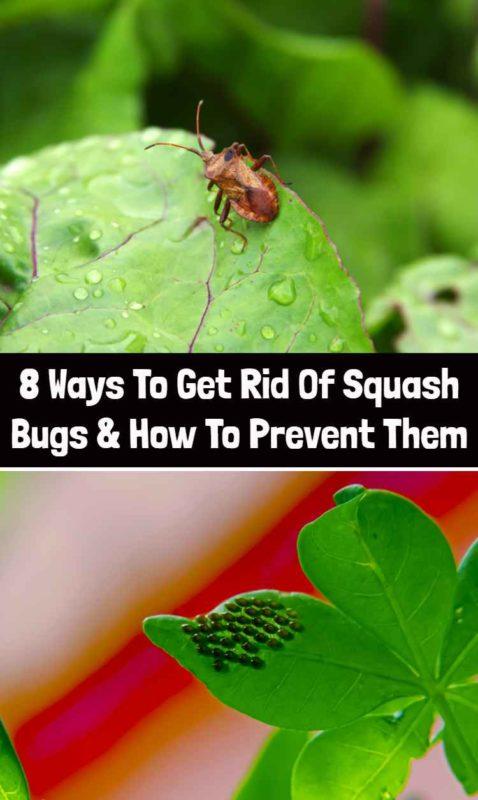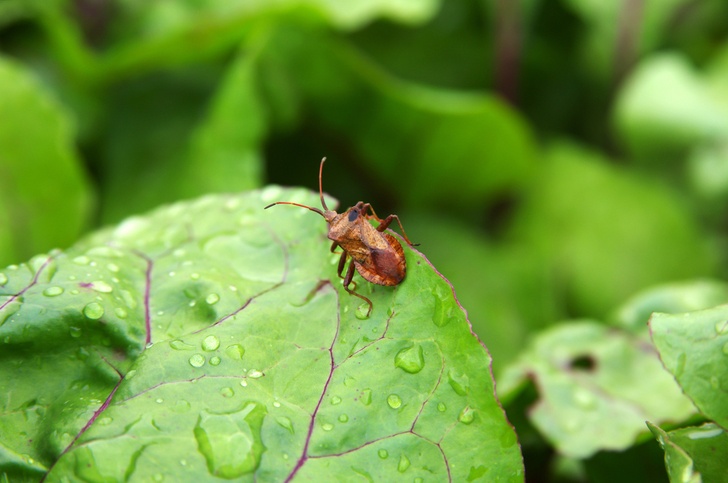
Squash bugs are persistent and can bring devastation to crops.
Although squash bugs get their name from their most desirous crop, squash, they can also rip apart a pumpkin crop in a short amount of time.
They are often misidentified as stink bugs because they look similar, although stink bugs are wider and rounder than squash bugs, both give off a foul odor when squished.
Related Reading: 12 Best Ways To Get Rid Of Stink Bugs
How To Identify Squash Bugs
To make a positive identification of squash bugs will give you a head start on eliminating them from you garden.
Squash bugs are usually about ½-inch long with a flat brown or gray backside and orange stripes on their underside.
Although they are able to fly, they generally just walk around on plants.
Baby squash bugs have black legs and a grey body. They can be found moving in a mass on the underside of plant leaves.
Squash Bugs Overwinter On Plants
If there is dead plant debris in the garden, squash bugs will spend the winter there.
They can also be found under boards or even in buildings.
As soon as a squash vine starts forming on a plant they move in, laying eggs on the undersides of leaves.
How Squash Bugs Damage Plants
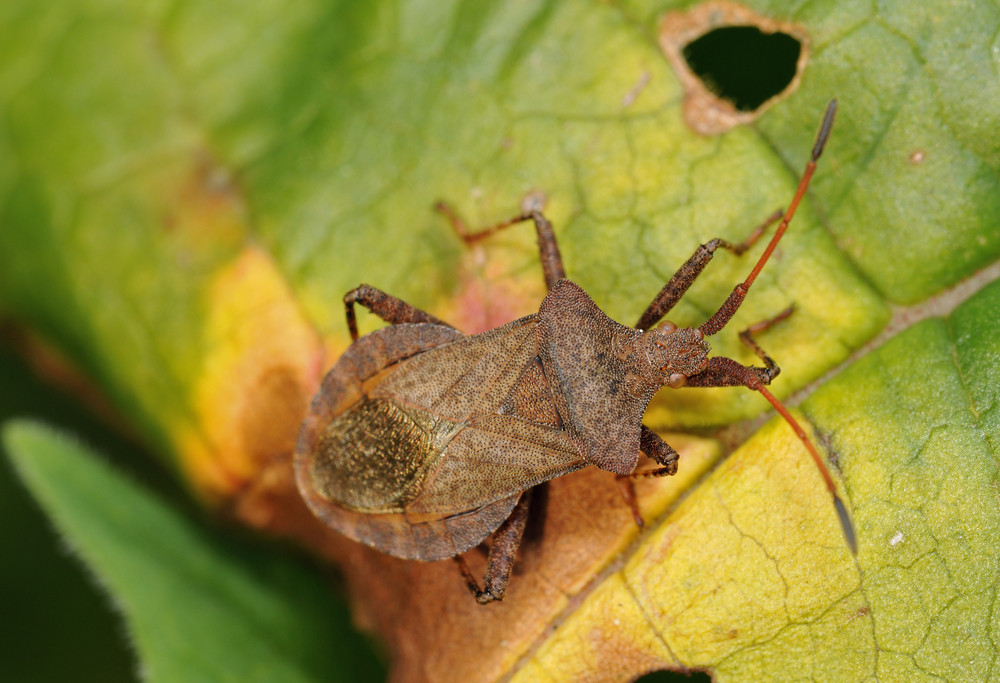
Squash bugs have very sharp, sucking mouthparts which they use to suck sap out of the plants after they inject a toxin.
The first sign of damage you might see on plants is yellow spots on leaves.
Eventually, the leaves will turn brown and start to wilt. The damage does not allow nutrients to flow to the leaves so that they will dry up and become brittle.
You may also see ragged holes in the leaves.
The wilting caused by these insects is similar to bacterial wilt – a disease the cucumber beetles spread.
How To Get Rid Of Squash Bugs Naturally
It is critical that you identify and take action immediately to rid your garden of squash bugs.
There are toxic insecticides available that can help, but these leave a dangerous residue in your garden.
Natural eradication methods are best but you frequently need several methods together for complete elimination.
1. Remove Egg Masses
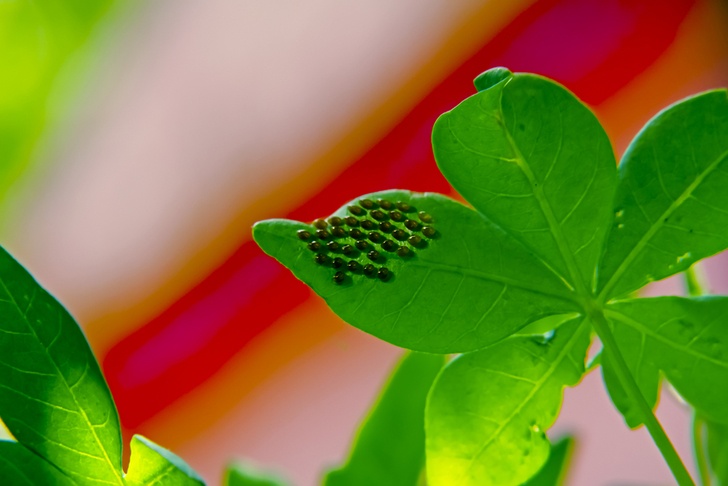
Pick egg masses from the underside of leaves in the early morning hours and later in the day.
I fill a vase with water and dish detergent and flick the bugs into the water.
You can scrape eggs off of the leaves with a knife and let them fall to the ground for beetles to eat.
Check your plants on a weekly basis as eggs hatch in ten days.
2. Use an Old Board
Put an old board or a shingle in the garden during the night. Both adult and young squash bugs will gather under the board.
Squash the bugs in the morning.
3. Use Companion Plants
Another natural way to help eliminate squash bugs is to plant squash bug repellent plants in your garden.
Good choices are nasturtiums and white icicle radishes.
Plant throughout your squash beds for best results. Other good options include marigolds, calendula, dill, and oregano.
Read Next: 28 Companion Planting Combinations For Your Garden
4. Attract Beneficial Insects
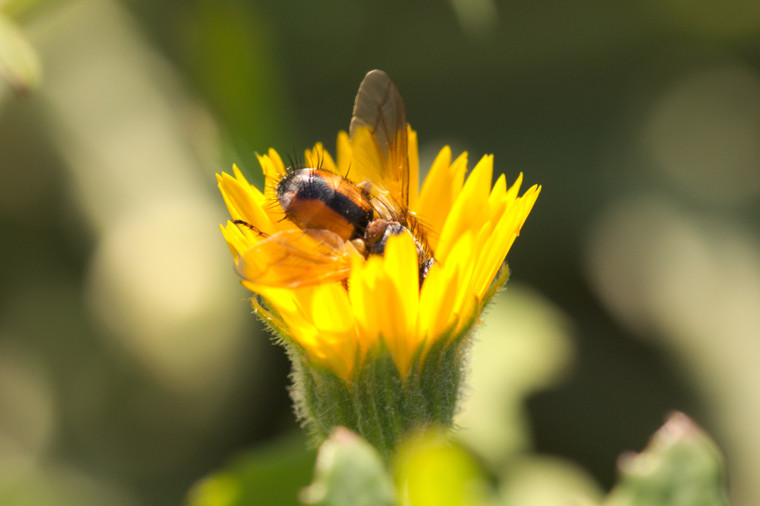
There are certain insects that can help control squash bugs.
One such insect is the Tachinid Fly. This fly lays her eggs on the adult squash bugs and when they hatch they burrow inside the squash bug to eat, killing the bug.
Planting dill and calendula with your squash will draw the Tachinid Fly to your garden.
5. Diatomaceous Earth
This powder is made up of ground up diatoms that cut the exoskeleton of insects and dry them out.
This only works for young squash bugs. Be sure to choose the food grade for the garden – such as this bag of Food Grade Diatomaceous Earth available on Amazon.
Spread a layer at the base of the plant. Reapply after rain and be careful not get on the blossoms as it will kill beneficial insects as well.
6. Natural Squash Bug Spray
You can make your own squash bug spray that is non-toxic and effective.
To treat the soil around the plant, mix about 2 quarts of water with one onion (cut up) and a few cloves of garlic.
Allow the mixture to sit for a few hours until the scent is strong. Pour the mixture at the base of infected squash plants.
Another natural spray that has worked for me is peppermint Castile soap.
Simply fill a spray bottle with Dr. Bronner’s Peppermint Castile Soap and spray plants in the morning at the base of the plant and on the underside of leaves.
7. Plant Lots Of Squash
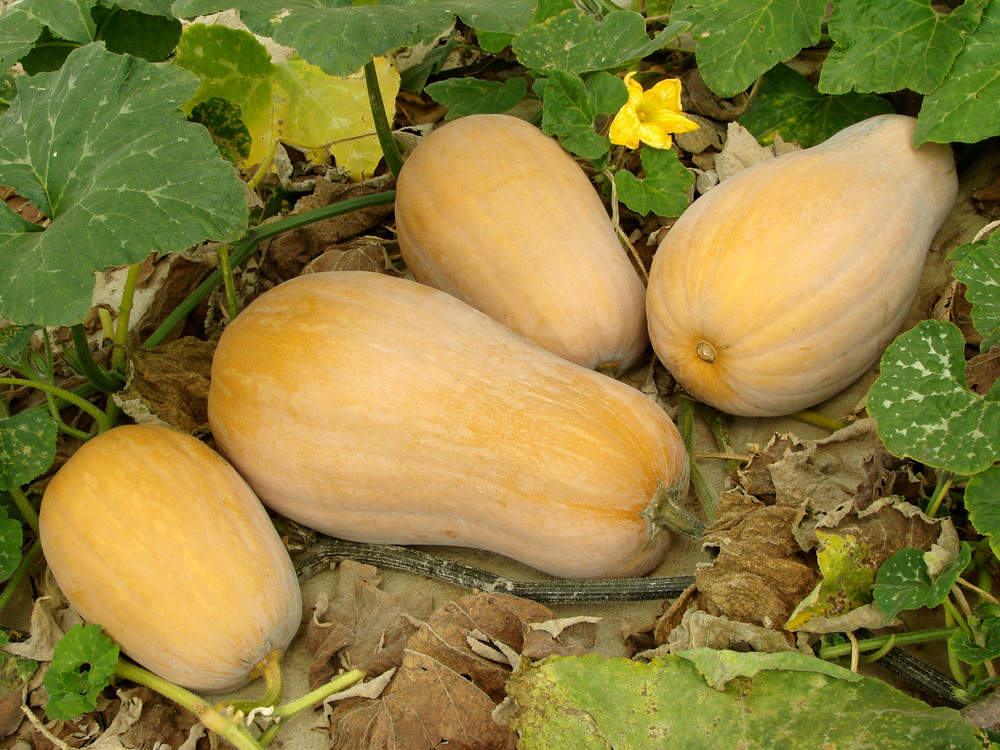
Planting more squash crops means that some may be damaged but others will be left alone. Last summer I planted a lot of squash and a few different types.
The squash bugs ate my scalloped squash and butternut squash but left my other squash alone.
I planted so much that I had plenty to share. A sacrifice crop might be the answer for you as well.
8. Plant Timing
If you know when the squash bugs generally arrive, you might be able to plant your crops a bit later and miss them altogether.
4 Ways To Prevent Squash Bugs
Of course, the best way to handle squash bugs is to not have to deal with them at all. There are a number of ways that you can prevent an infestation from occurring in the first place.
1. Burn old plant material
In the fall, after harvest, burn or compost as much old vine material as possible. This will keep squash bugs from overwintering in the garden.
2. Avoid thick mulch
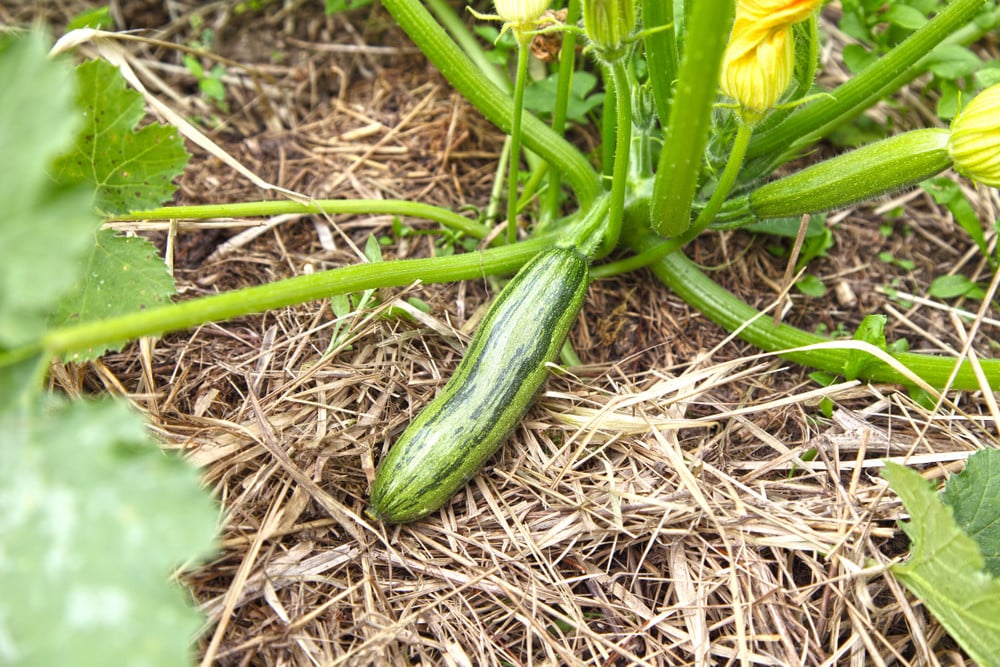
Keep your mulch layer thin to avoid squash bugs hanging out in the dark and moist environment that they love.
3. Rotate crops
Don’t plant the same crops in the same place each year.
4. Keep vines covered
Cover you vines with a lightweight row cover until before plants blossom.
Since there is only one generation of squash bugs, keeping your plants covered in early spring should help keep them from doing damage.
Pin This To Save For Later
